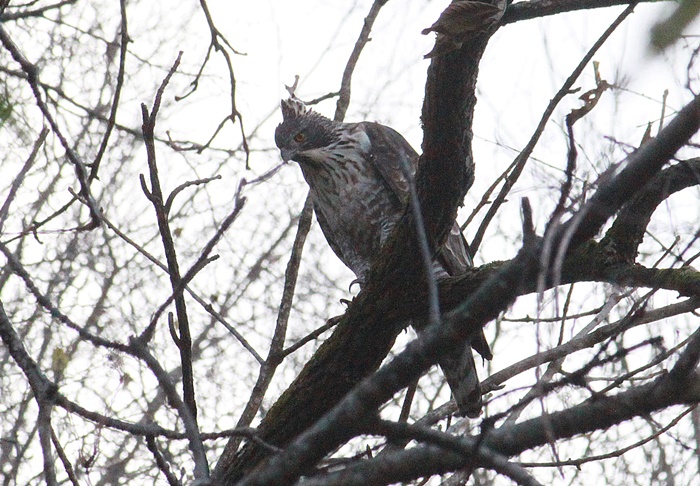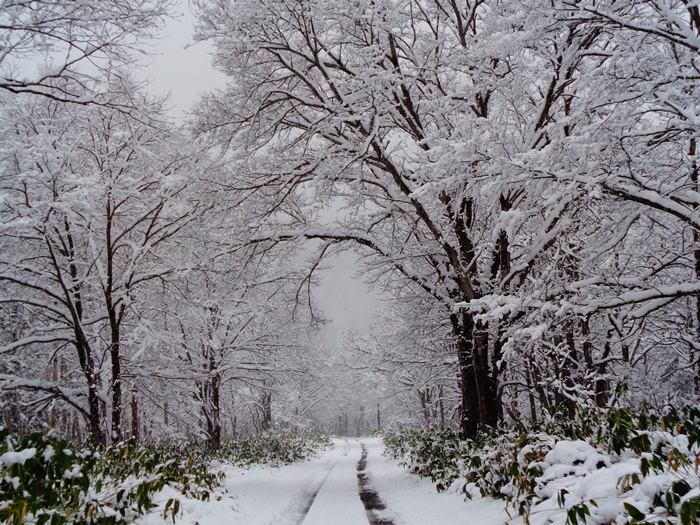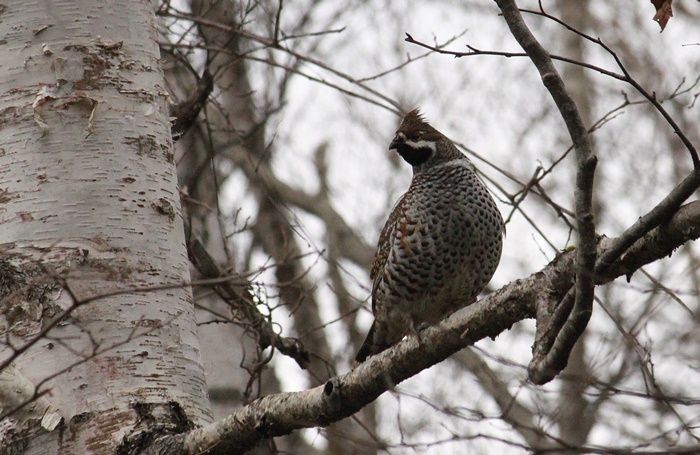Many crows flied over the sky and come down to the ground.
Approaching there, there was a corpse of a deer.
The deer fell down from the cliff, and died.
Crow comes first, and “Nisaetus nipalensis” comes second.
“Nisaetus nipalensis” is about 80cm length, about 170cm with spreading wings.
They have a crest.
They always move like diving forest.
So we hardly find them.
They tried to get leftovers, but crows did mobbing and chased “Nisaetus nipalensis”.
So “Nisaetus nipalensis” gave up, went back to home.
Approaching there, there was a corpse of a deer.
The deer fell down from the cliff, and died.
Crow comes first, and “Nisaetus nipalensis” comes second.
“Nisaetus nipalensis” is about 80cm length, about 170cm with spreading wings.
They have a crest.
They always move like diving forest.
So we hardly find them.
They tried to get leftovers, but crows did mobbing and chased “Nisaetus nipalensis”.
So “Nisaetus nipalensis” gave up, went back to home.




